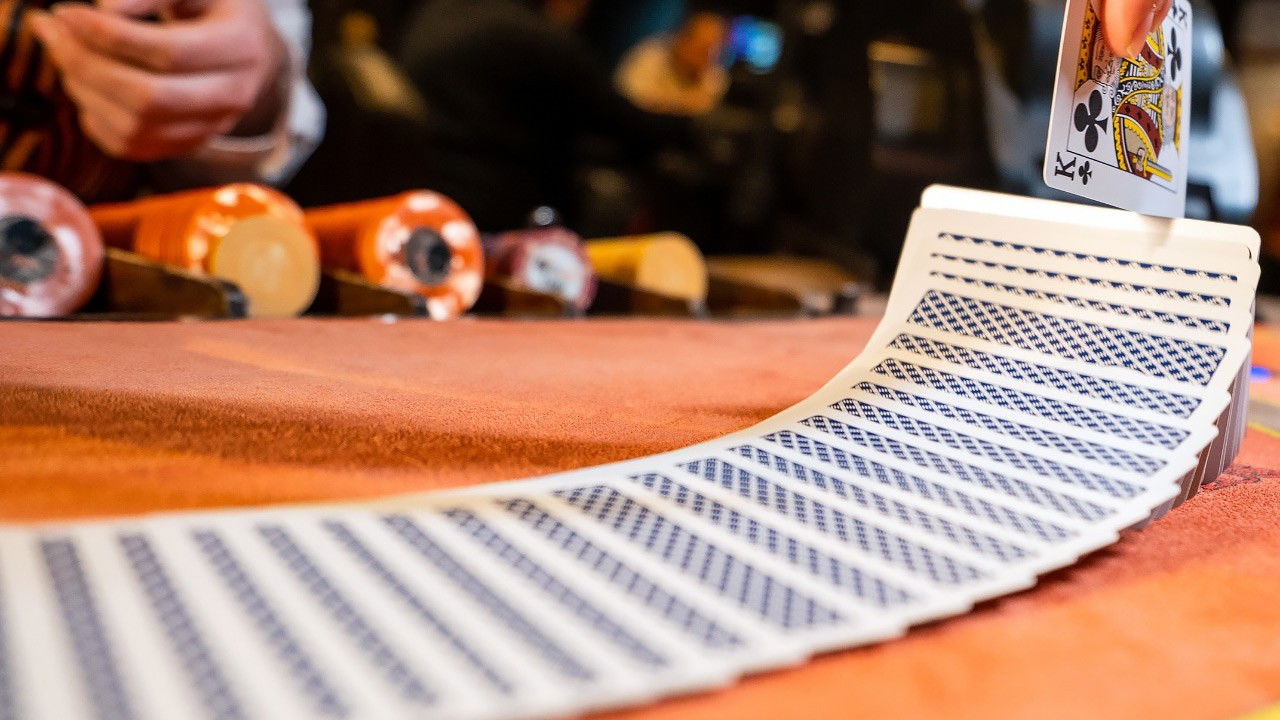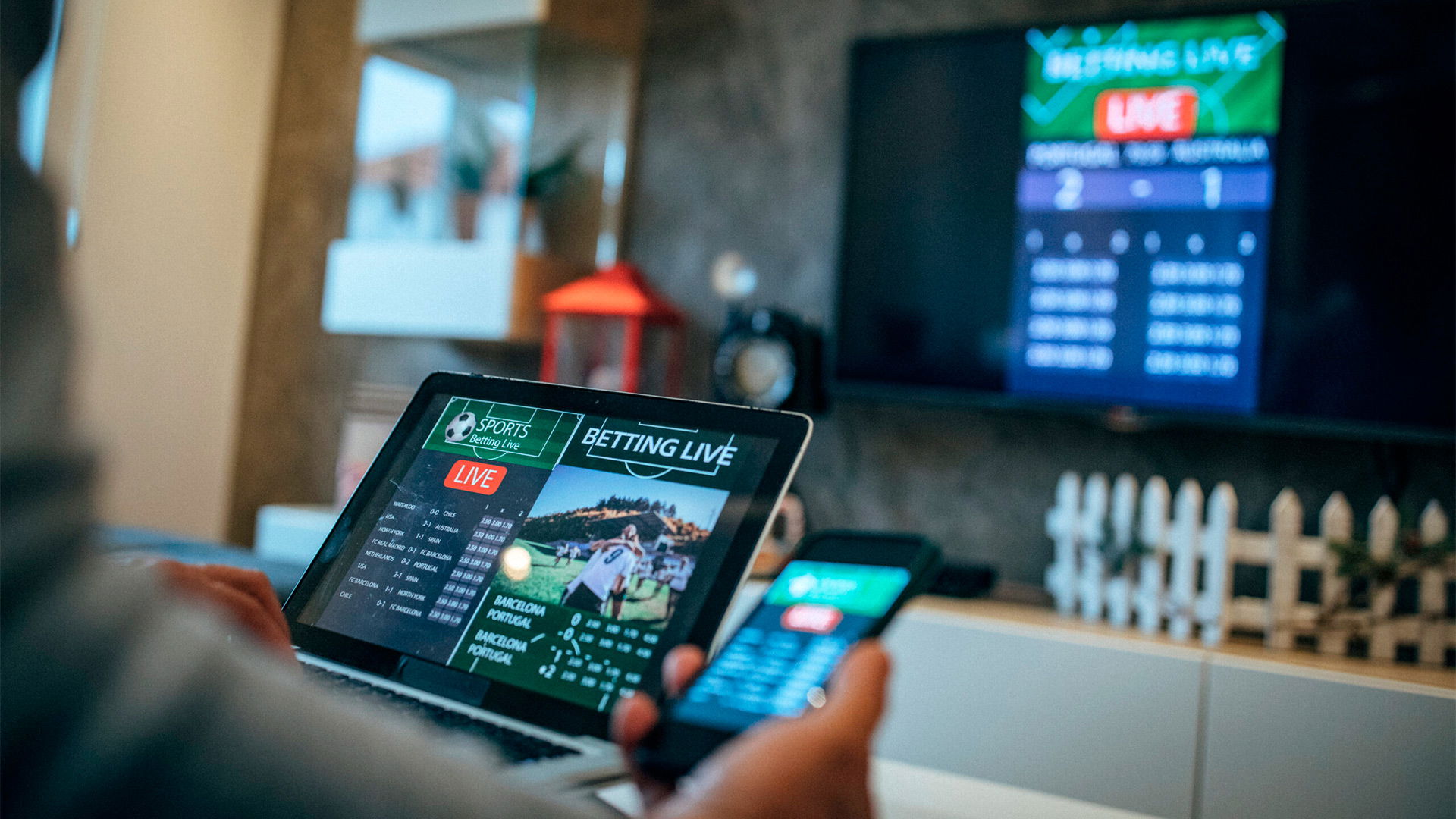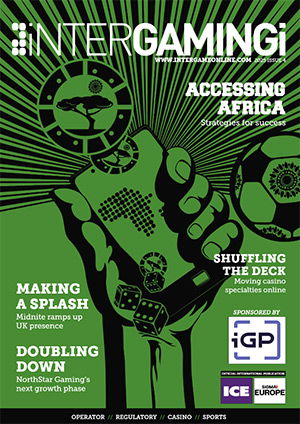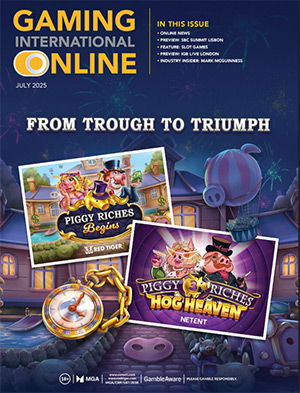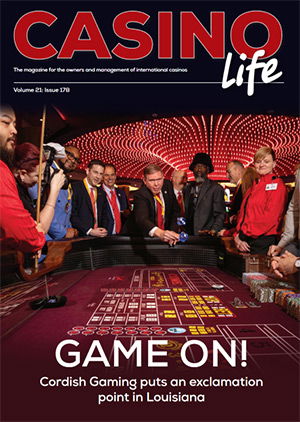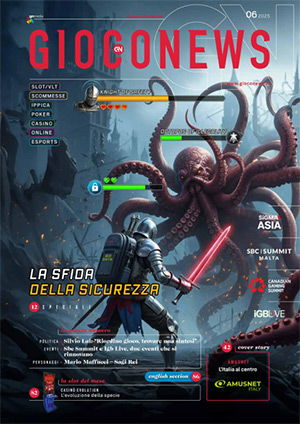The role of tutorials in onboarding new players

Starting a new game can be confusing, especially for someone unfamiliar with how that type of game works. Many players quit after their first try simply because they don’t know what to do. That’s why tutorials are so important.
A good tutorial gives players clear, simple steps that help them understand the gameplay and build confidence. In fact, a study published in Heliyon (Cao & Liu, 2022) found that tutorials — especially those that blend instruction into the gameplay itself — can significantly improve player experience. These implicit tutorials reduce boredom and keep experienced players more engaged, while explicit guidance is still helpful for newer players.
Why tutorials are important for new players
Tutorials give new players a clear starting point. They reduce confusion and help players enjoy the game without feeling lost.
Making first steps simple
Many games have complex menus, features, and controls. A tutorial breaks these down into small steps. It might guide players through their first actions, like selecting a character, using buttons, or completing a task. Visual aids, arrows, and pop-up tips often help new players follow along without stress. These early steps are key to making the game feel friendly, not frustrating.
Building comfort fast
When players understand what they’re doing, they feel more relaxed and in control. Tutorials help create that feeling by offering support from the very start. They remove the fear of doing something wrong and make learning feel natural. This comfort leads to longer play sessions and encourages players to return. Platforms that guide players well tend to build stronger user loyalty over time.
Common tutorial styles used today
Games use different types of tutorials to match how people learn. These styles help players feel ready, even if it’s their first time playing.
Interactive guides
This type gives step-by-step help during the game. It may point to buttons or highlight parts of the screen. Players follow instructions while playing, which helps them remember what to do. This style works well for fast-paced or detailed games.
Video clips and pop-up tips
Some games show short videos or quick messages when a new feature appears. These guides explain actions without much reading. They’re useful for players who prefer visual learning or want short instructions as they go.
Practice rounds and test areas
Practice modes allow players to explore safely before entering the real game. This type is helpful in games with multiple features or rules.
Here’s what players can do in practice tutorials:
- Try buttons and test actions without risk
- Learn how menus and features work
- Repeat steps until they feel confident
- Play sample rounds that don’t affect real progress
Games that use digital coins often include brief tutorials to show players how things work. This is common in experiences like sweepstake casinos, where simple guidance helps users learn how to join games and use in-game rewards without feeling rushed.
How tutorials help keep players active
A good tutorial doesn’t just teach the basics. It also helps players stay interested over time. When users feel supported, they’re more likely to explore and return to the game.
1. Turning new players into regular players
The first experience often decides if a player stays or leaves. If the tutorial is clear and easy, players feel successful right away. That early success builds trust. When players feel they know what they’re doing, they’re more likely to keep playing and try new features.
2. Helping players discover more features
Some tutorials go beyond just the basics. They unlock special tools, settings, or areas that players might miss on their own. By showing what else is available, tutorials make the game feel bigger and more rewarding. Players enjoy learning about new options as they grow in skill.
3. Making it easier to try new types of games
Clear tutorials also encourage people to try different game styles. For example, some platforms use digital coins or tokens instead of real money. These games often include quick tutorials that explain how to play, how to earn coins, and how to join games. This low-pressure learning style makes it easier for new players to join in, especially on platforms similar to sweepstakes-style casinos. It’s a simple way to enjoy interactive entertainment without needing advanced skills.
What a good tutorial should include
An effective tutorial should teach, guide, and support players without slowing them down. It needs to be clear, flexible, and connected to real gameplay. These features help players learn faster and feel more confident.
Clear and simple steps
Good tutorials keep things short and direct. They avoid long explanations and focus on one action at a time. Simple instructions like “Click here to start” or “Swipe to move” work better than complex text. Visual cues, like arrows or highlights, also help guide players without adding extra words. The goal is to help players move forward quickly without confusion.
Option to replay or skip
Every player learns differently. Some need extra help, while others prefer to explore on their own. That’s why tutorials should offer flexible options. A clear “Skip” button allows confident users to jump right in, while a “Replay” option supports those who want to revisit the instructions.
As emphasized by the School of Game Design, tutorials should be skippable and never disrupt the flow of play. Just as importantly, any information conveyed in the tutorial should remain accessible, whether through a help section in the options menu or quick how-to videos from the pause screen.
Show real examples
The best tutorials use real gameplay to teach. Instead of showing only images or text, they let players try things within the game. For example, players might learn to open a menu or use a feature while actually doing it. This hands-on style makes it easier to remember actions and builds confidence. It also keeps the learning experience natural and engaging.
Conclusion
Tutorials play a big role in helping new players feel welcome and ready. A good tutorial doesn’t just explain how to play — it makes learning easy, reduces confusion, and builds confidence. When players start with clear steps and real examples, they enjoy the game more and are more likely to return.
Game platforms that invest in simple and helpful tutorials often see better results. Whether it’s a fast-paced action game or a platform using digital coins for casual play, a strong tutorial helps players get started smoothly. It turns first-time users into regular players by removing stress and making the game feel more inviting.
In the end, tutorials aren’t just helpful — they’re necessary. They create a better experience for everyone, especially those trying something new.



